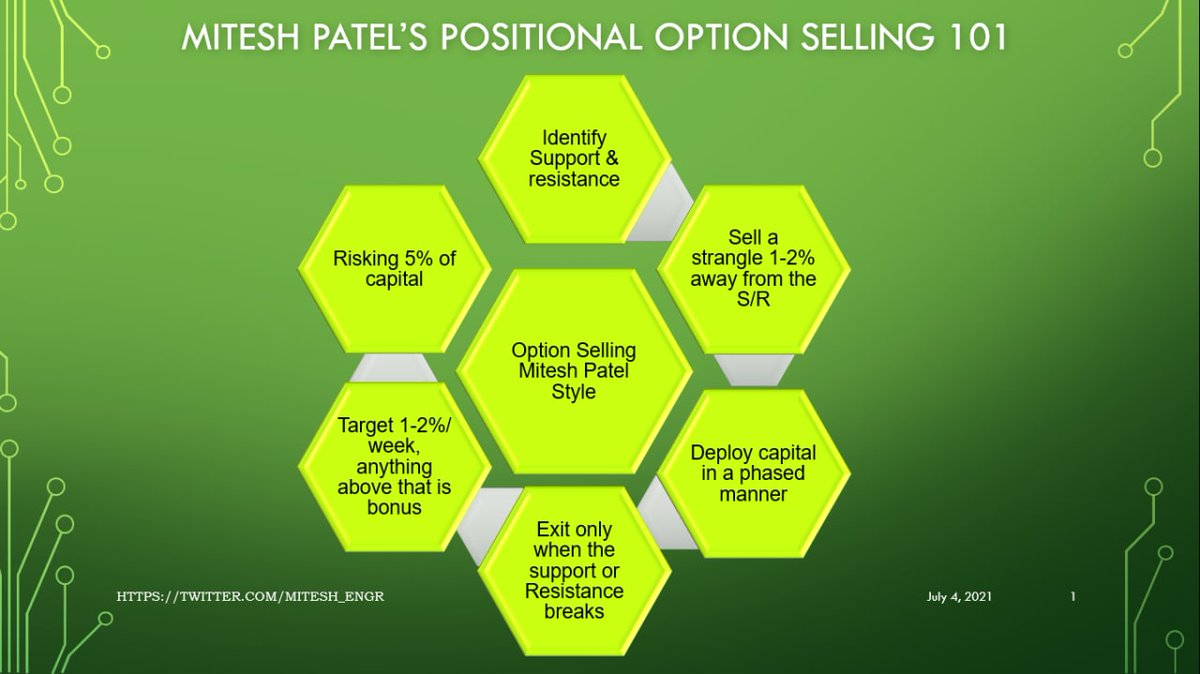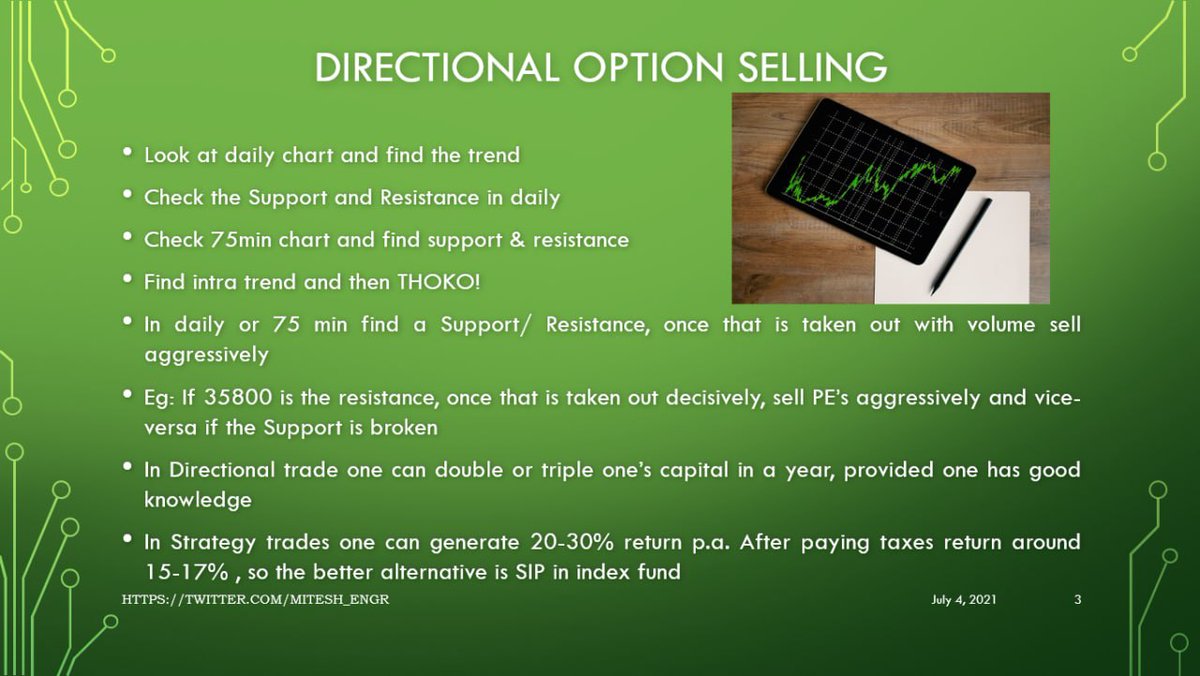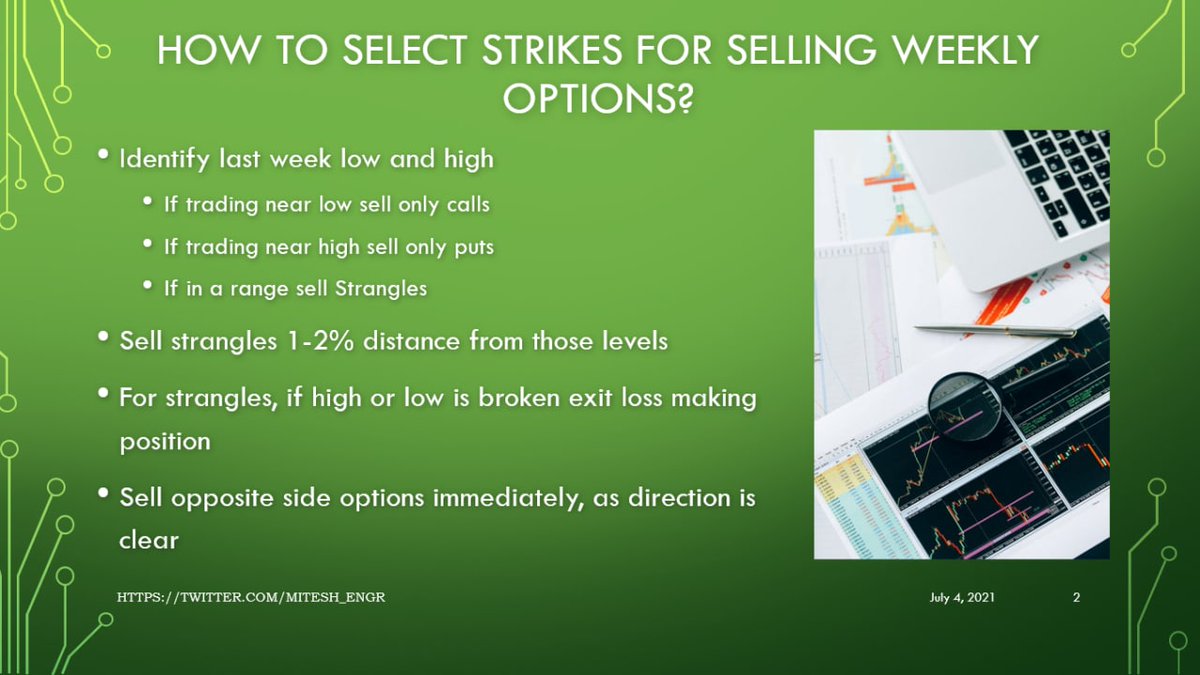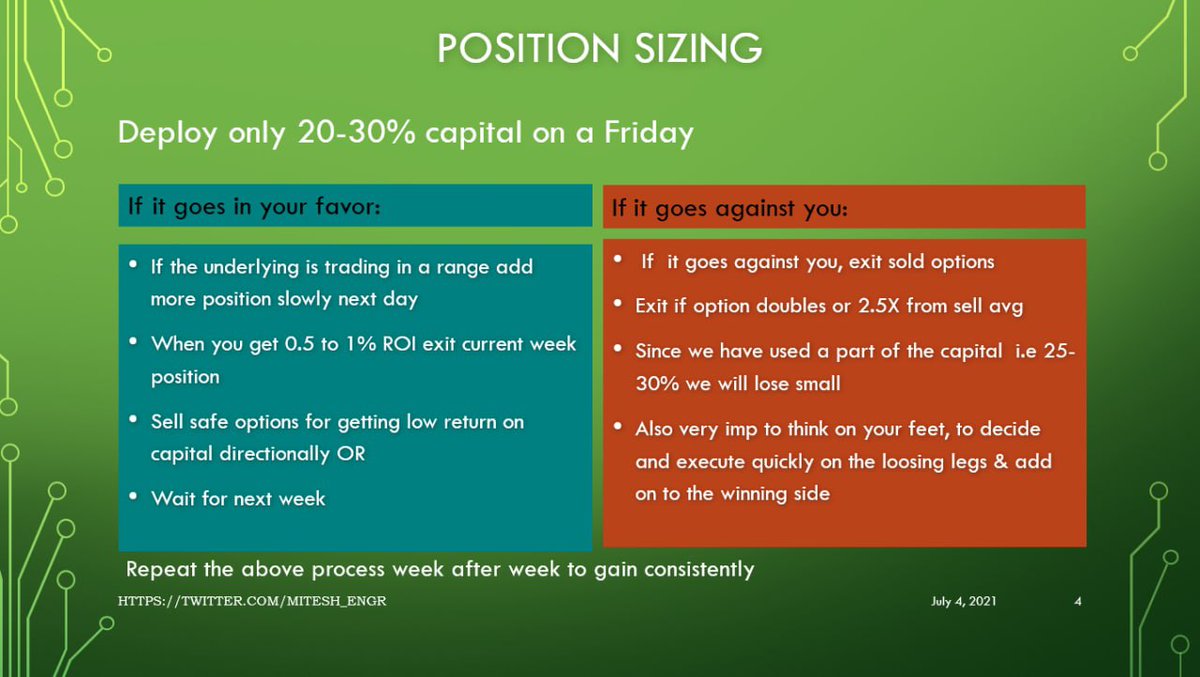In last 2-3 years we have seen that automobile companies have been in competition in term of car features. Features like digital speedo meter, fully digital instrument cluster, wireless charger, air purifier, digital screen monitor, GPS, IoT, and many other such features. …
More from Ideas
This thread is for investors or those who are interested in CDSL as an investment. Often the central reason quoted for an investment here is the gush of FCF the business produces and some float money also to boot. But this argument ignores a central problem as well. (1/11)
I completely agree that CDSL is a business that produces ample amount of Free Cash. So, it begs the question: "What are they doing with all that cash?" Generally, firms can utilize the cash on their books in 4 ways: Dividends, Acquisitions, Capex/Investments and Buybacks. (2/11)
CDSL does have a Dividend Payout Ratio of ~35-40%. But Dividends are the least efficient way of utilizing cash, due to the Triple Taxation on Dividends. More
Handled well, Inorganic Growth is so lucrative that some companies build their business models around acquisitions (Say, MSSL or Cyient). However, CDSL literally CAN'T be one such company. Read 7 (c) of the below regulatory document to know more:
https://t.co/071lwnnwJ4
(4/11)

CDSL can also reinvest cash into their own business, like most companies do. But CDSL (And most Exchanges) have little need for Capex/Reinvestment. CDSL's IPO came in at Rs. 523.99 Crores. Two years in, the Cash and Investments on their books stands at Rs. 650 Crores. (5/11)

I completely agree that CDSL is a business that produces ample amount of Free Cash. So, it begs the question: "What are they doing with all that cash?" Generally, firms can utilize the cash on their books in 4 ways: Dividends, Acquisitions, Capex/Investments and Buybacks. (2/11)
CDSL does have a Dividend Payout Ratio of ~35-40%. But Dividends are the least efficient way of utilizing cash, due to the Triple Taxation on Dividends. More
Handled well, Inorganic Growth is so lucrative that some companies build their business models around acquisitions (Say, MSSL or Cyient). However, CDSL literally CAN'T be one such company. Read 7 (c) of the below regulatory document to know more:
https://t.co/071lwnnwJ4
(4/11)

CDSL can also reinvest cash into their own business, like most companies do. But CDSL (And most Exchanges) have little need for Capex/Reinvestment. CDSL's IPO came in at Rs. 523.99 Crores. Two years in, the Cash and Investments on their books stands at Rs. 650 Crores. (5/11)

Today I hired a virtual personal assistant to go through my emails and pay lingering bills and follow up on various invoices and make my doctors appointments and mail several things and guys
why have i not been doing this the whole time it took her three hours and it was $70.
this is the life hack i did not know i needed as an absolutely drowning and burnt out millennial who cannot figure out how to just open an envelope and pay a bill because it drains me of my will to live
I have finished my day and i am completely caught up, signed up for paperless and recurring billing, have mailed a dozen thank you cards I wrote and just ... never took to the post office, and gathered my tax information to submit.
like, why didn't anyone tell me.
you can find bonded, experienced people who do this for a living on https://t.co/4OpHGkl8Nq and they charge between 15 and 25 dollars an hour. I have canceled a variety of online memberships I don't use enough so that I can pay her to come back every other week. I am thrilled.
Props to my mother who looked at my "here's the box I put shit I can't bare to deal with right now" box and said "Have you considered hiring a personal assistant? They are cheaper than you think."
BLEW MY GD MIND.
why have i not been doing this the whole time it took her three hours and it was $70.
this is the life hack i did not know i needed as an absolutely drowning and burnt out millennial who cannot figure out how to just open an envelope and pay a bill because it drains me of my will to live
I have finished my day and i am completely caught up, signed up for paperless and recurring billing, have mailed a dozen thank you cards I wrote and just ... never took to the post office, and gathered my tax information to submit.
like, why didn't anyone tell me.
you can find bonded, experienced people who do this for a living on https://t.co/4OpHGkl8Nq and they charge between 15 and 25 dollars an hour. I have canceled a variety of online memberships I don't use enough so that I can pay her to come back every other week. I am thrilled.
Props to my mother who looked at my "here's the box I put shit I can't bare to deal with right now" box and said "Have you considered hiring a personal assistant? They are cheaper than you think."
BLEW MY GD MIND.
You May Also Like
Recently, the @CNIL issued a decision regarding the GDPR compliance of an unknown French adtech company named "Vectaury". It may seem like small fry, but the decision has potential wide-ranging impacts for Google, the IAB framework, and today's adtech. It's thread time! 👇
It's all in French, but if you're up for it you can read:
• Their blog post (lacks the most interesting details): https://t.co/PHkDcOT1hy
• Their high-level legal decision: https://t.co/hwpiEvjodt
• The full notification: https://t.co/QQB7rfynha
I've read it so you needn't!
Vectaury was collecting geolocation data in order to create profiles (eg. people who often go to this or that type of shop) so as to power ad targeting. They operate through embedded SDKs and ad bidding, making them invisible to users.
The @CNIL notes that profiling based off of geolocation presents particular risks since it reveals people's movements and habits. As risky, the processing requires consent — this will be the heart of their assessment.
Interesting point: they justify the decision in part because of how many people COULD be targeted in this way (rather than how many have — though they note that too). Because it's on a phone, and many have phones, it is considered large-scale processing no matter what.
It's all in French, but if you're up for it you can read:
• Their blog post (lacks the most interesting details): https://t.co/PHkDcOT1hy
• Their high-level legal decision: https://t.co/hwpiEvjodt
• The full notification: https://t.co/QQB7rfynha
I've read it so you needn't!
Vectaury was collecting geolocation data in order to create profiles (eg. people who often go to this or that type of shop) so as to power ad targeting. They operate through embedded SDKs and ad bidding, making them invisible to users.
The @CNIL notes that profiling based off of geolocation presents particular risks since it reveals people's movements and habits. As risky, the processing requires consent — this will be the heart of their assessment.
Interesting point: they justify the decision in part because of how many people COULD be targeted in this way (rather than how many have — though they note that too). Because it's on a phone, and many have phones, it is considered large-scale processing no matter what.























